New Year’s Eve in numbers: Fun facts about the Times Square ball drop
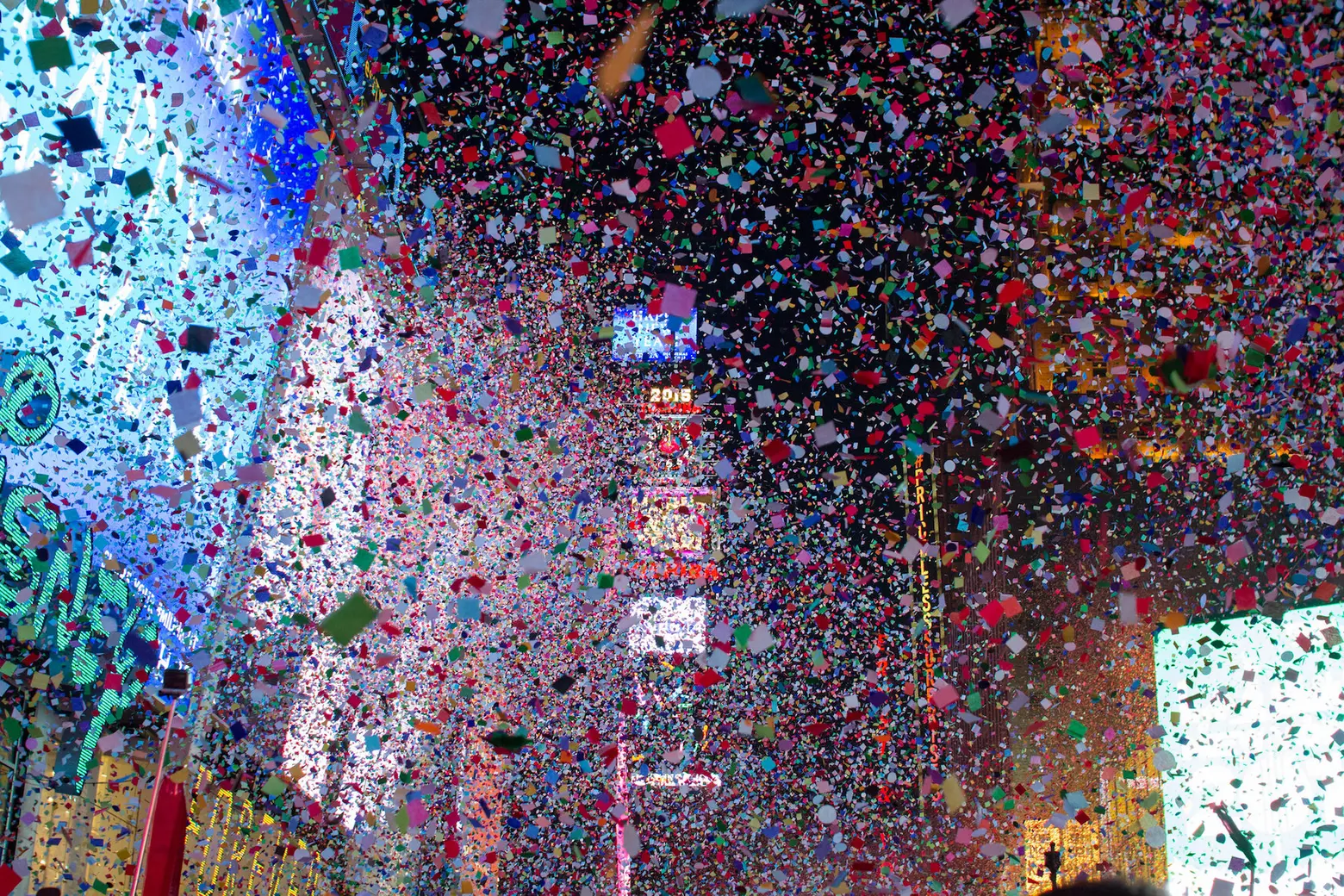
Photo by Kohei Kanno on Flickr
Every year as the clock nears midnight on December 31, anticipation runs high as the world holds its breath waiting for the sparkling New Year’s Eve Ball to descend from its flagpole atop One Times Square. We all know that the countdown starts at 10, but there are a handful of other fun facts to muse over when it comes to the city’s most lauded tradition. From the wattage of the ball to the weight of trash produced to how long it takes to get it all cleaned up, see what we’ve rounded up, in numbers, ahead!
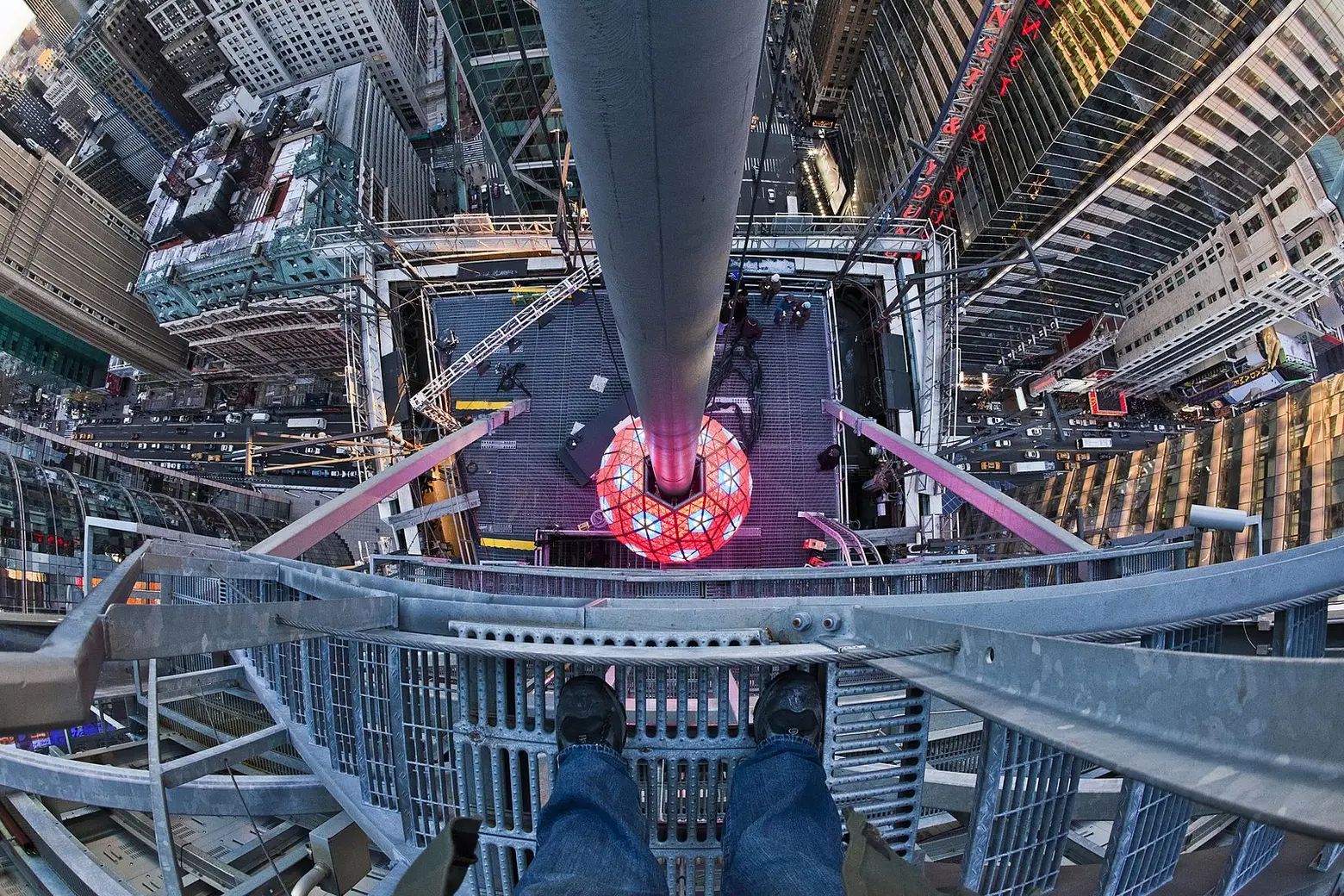 Via Wiki Commons
Via Wiki Commons
111. The number of times the ball has dropped. The ball has been lowered every year since 1907, except for 1942 and 1943, when the ceremony was suspended due to the WWII “dimout” lighting restrictions in New York City. Although there was a little less sparkle those two years, crowds still gathered to ring in the new year while also offering a moment of silence to the fallen.
11,875 pounds. What the ball weighs today. A pretty staggering difference from first 700-pound ball of 1907, and the five other designs that followed it—including the 400-pound wrought-iron ball of the 1920s and the 150-pound aluminum ball that dropped from 1955-1998. The ball has also grown in diameter from 5 feet to now 12 feet.
2,688. The number of Waterford crystals that adorn today’s ball. These crystals are handmade in Ireland and shipped over to the States.
32,256. The number of Philips Luxeon LEDs that light up the ball. The LEDs, which were first introduced in 2007, can create more than 16 million colors and billions of kaleidoscopic patterns.
16 million. The number of colors the ball is able to display thanks to its smartly engineered lighting chambers (more on that here).
50,000 watts. The amount of electricity it takes to power the whole thing. A lot, yes, but nothing compared to the estimated 161 megawatts it takes to light up Times Square.
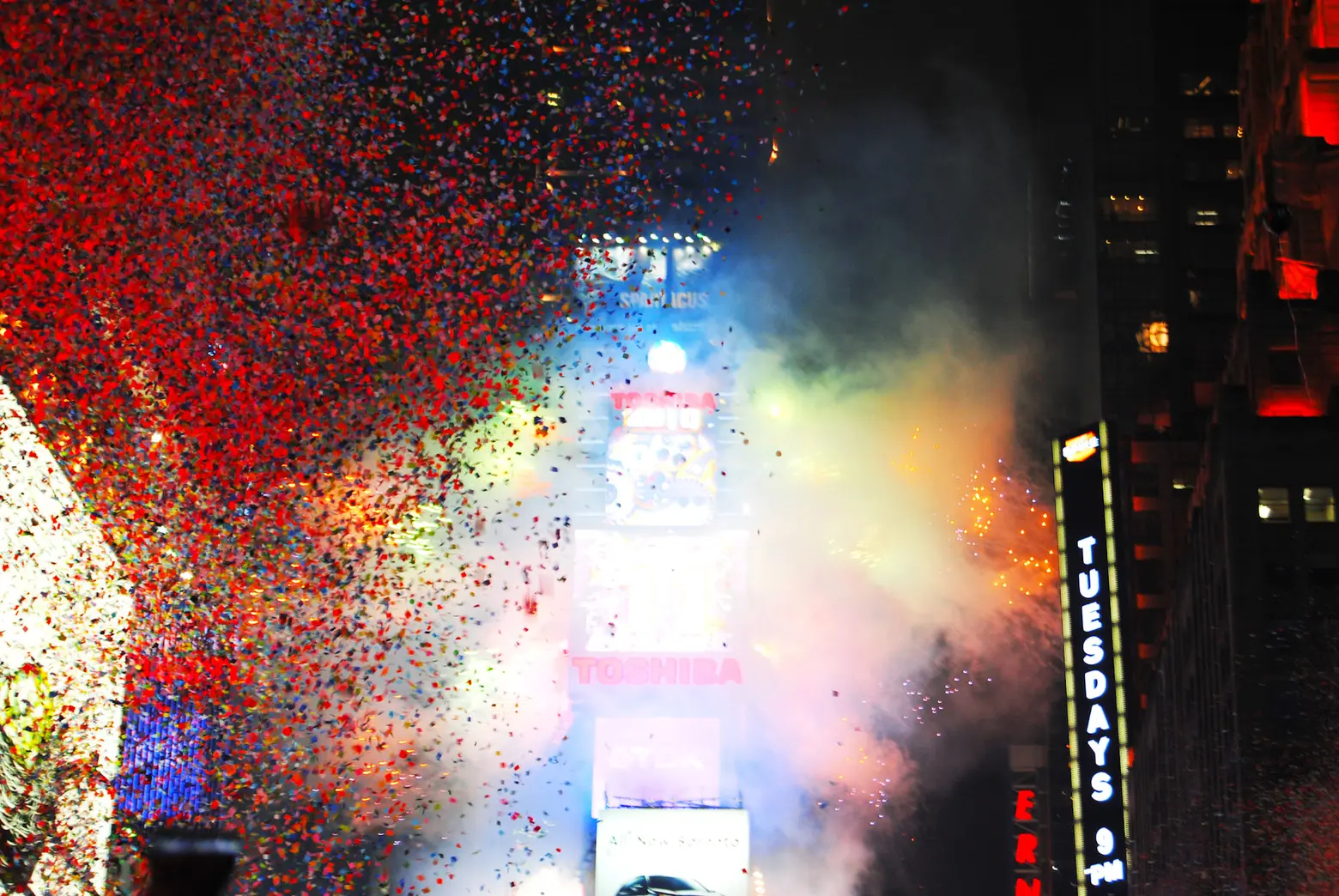
Photo by Stuart Moreton on Flickr
300,000+. The number of pedestrian visitors Times Square receives a day. On the busiest days, this number rises to more than 460,000.
500,000. The number of spectators who descended upon Times Square to see the ball drop in 1998.
1,000,000+. The estimated number of people expected to pack the streets of Times Square on New Year’s Eve this year. The growth can certainly be accredited to the city’s decreasing crime rate. This year’s unseasonably warm weather will also bode well for this number.
43rd to 59th streets at 7th and 43rd to 50th streets at Broadway. The best spots to see the ball drop according to the Times Square Alliance.
1,000,000,000. The number of people who will watch the ball drop from their screens at home across the globe. At least 100 million of these viewers will be in the U.S.
22 percent. The number of Americans who fall asleep before midnight.
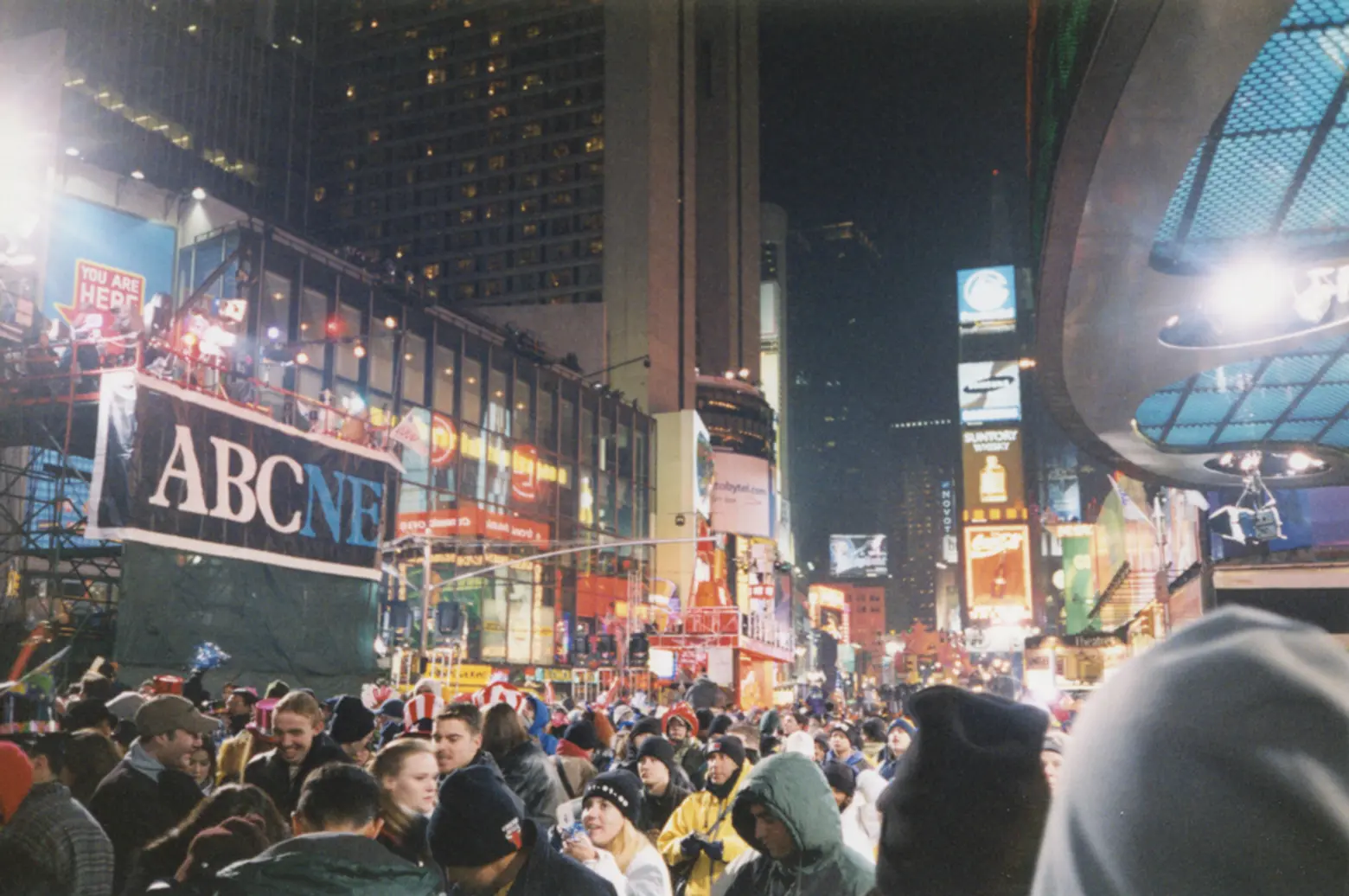 Image: Times Square New Year’s Eve 1999. Photo by Rob Boudon on Wikimedia
Image: Times Square New Year’s Eve 1999. Photo by Rob Boudon on Wikimedia
3,000 pounds. The amount of confetti blasted over the crowd once the ball completes its drop. This equates to about 30,000,000 pieces of colored paper. It takes more than 100 people to complete the task, and the confetti is dropped from the tops of 7 buildings surrounding Times Square.
1 degree. The coldest ball drop ever recorded was in 1917. The wind chill at the time was -18 degrees, and the high of the day was 6 degrees.
58 degrees. The warmest ball drops recorded, occurring in 1965 and 1972.
6 pm. The hour the ball is raised to the top of its 77-foot flagpole.
60. The number of seconds it takes to descend down the flagpole to signal the start of the new year.
1,200. The number of security cameras that are used by the NYPD during the event. There are also thousands of officers present in Times Square.
48 tons. The amount of trash that was cleaned up by NYC sanitation workers after the festivities ringing in 2015. Refuse ranged from confetti to balloons to party hats, pizza boxes, and empty bottles.
7 hours. The amount of time it took the city to reopen the streets to traffic in 2016. It took 178 sanitation workers using 26 mechanical sweepers, 25 collection trucks, 38 blows, and 40 hand brooms to tidy up Times Square.
“Priceless.” The cost of the ball according to organizers, who account for both the materials and labor required for its creation. Though they say if they have to put a number value on it, it’s over $1 million.
(h/t) Times Square Alliance, Weather.com, Department of Sanitation
RELATED:
- How the Times Square Ball is made
- VIDEO: Travel Back to 1904 for the First New Year’s Eve in Times Square
- How to spend New Year’s Eve 2020 in NYC without going near Times Square
Editor’s Note: This story was originally published on December 29, 2016, and has since been updated.
Get Inspired by NYC.
Leave a reply
Your email address will not be published.
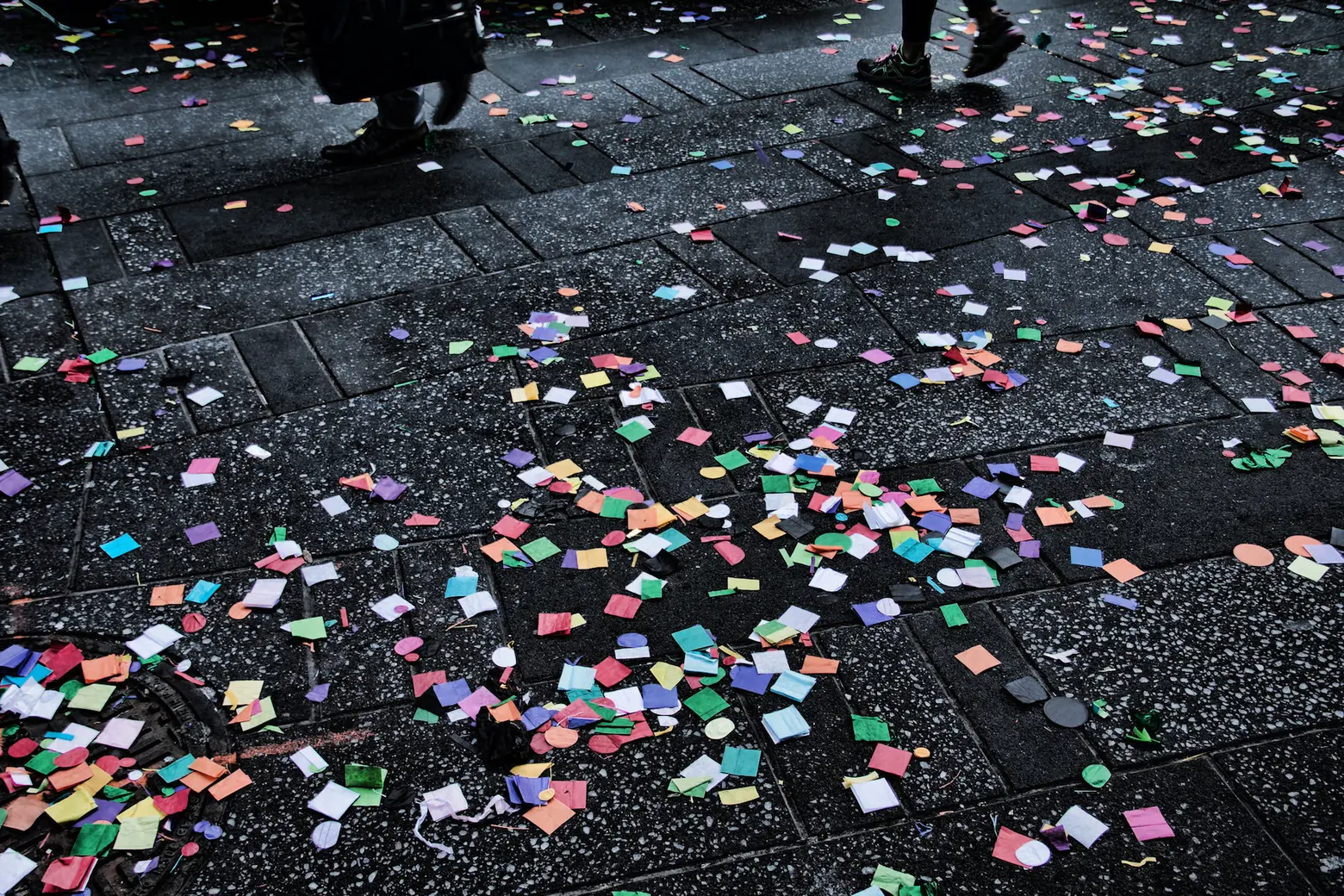 Photo by
Photo by 
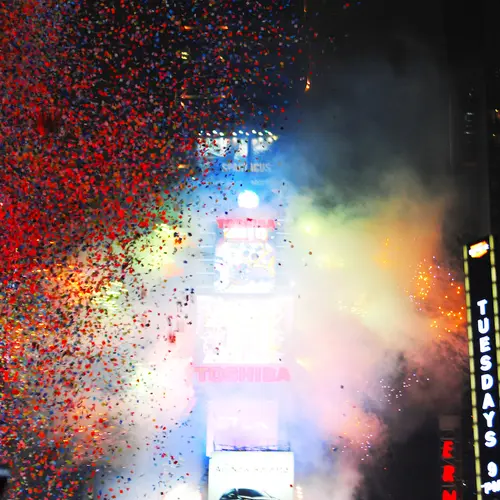
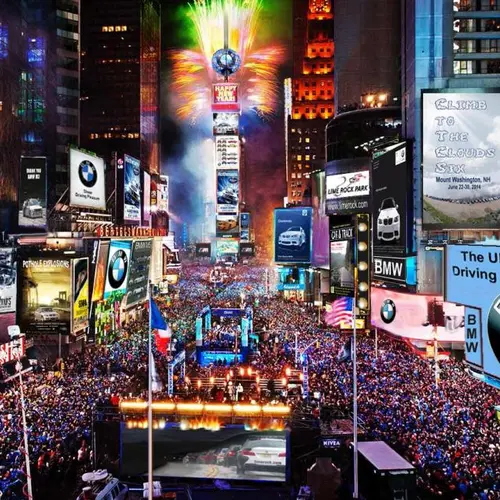
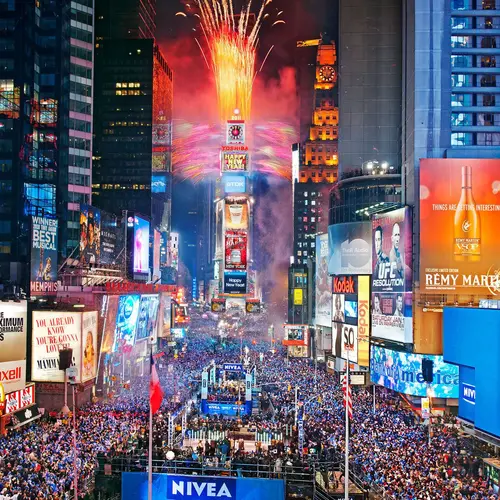
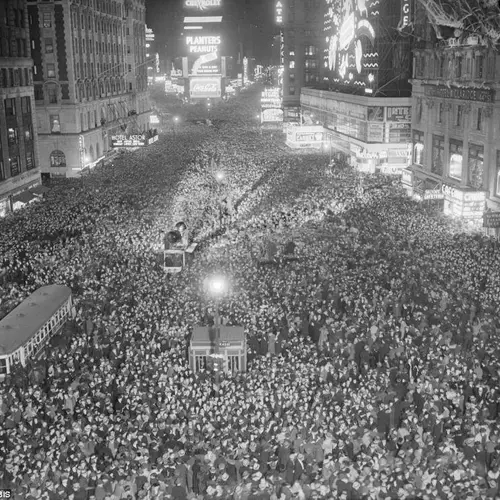
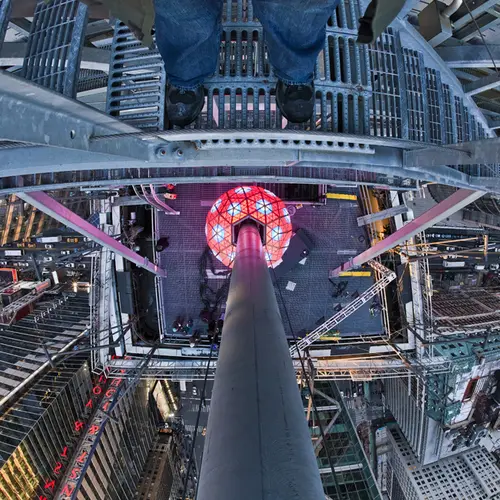
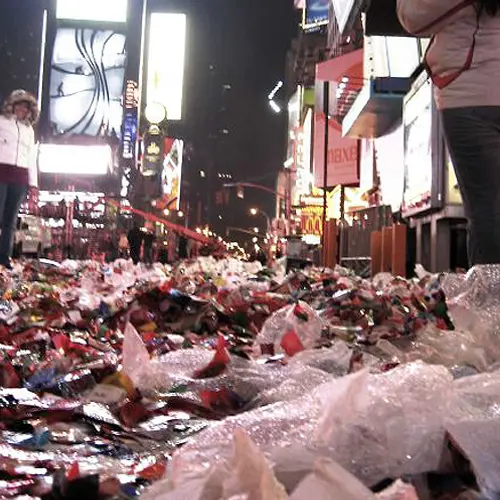


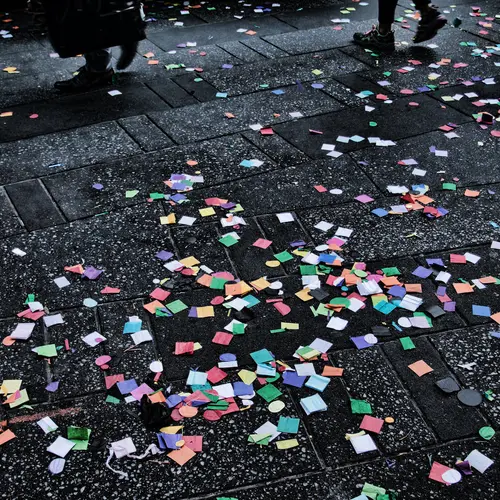

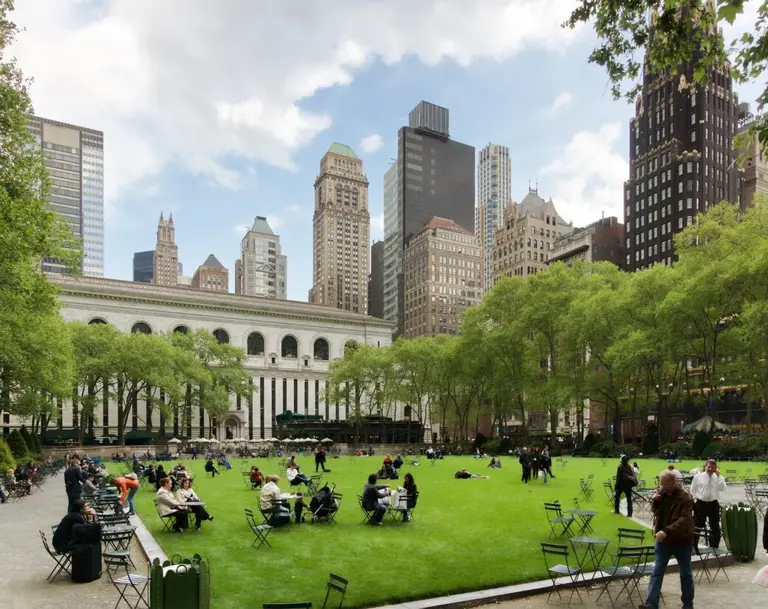


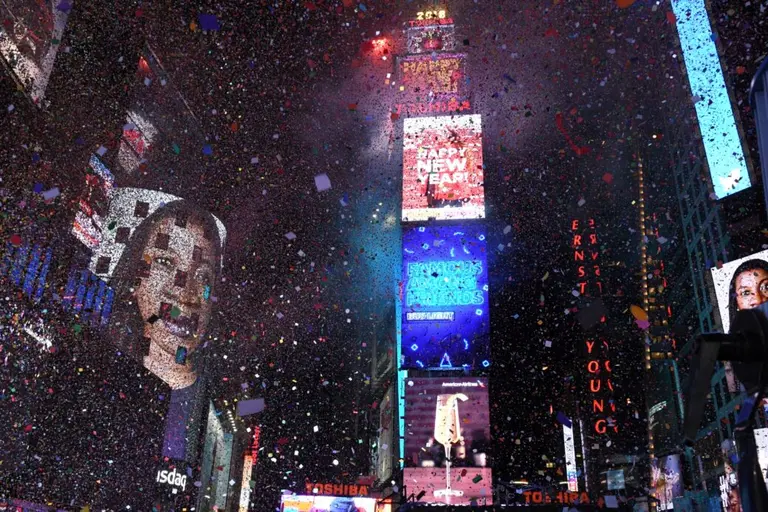






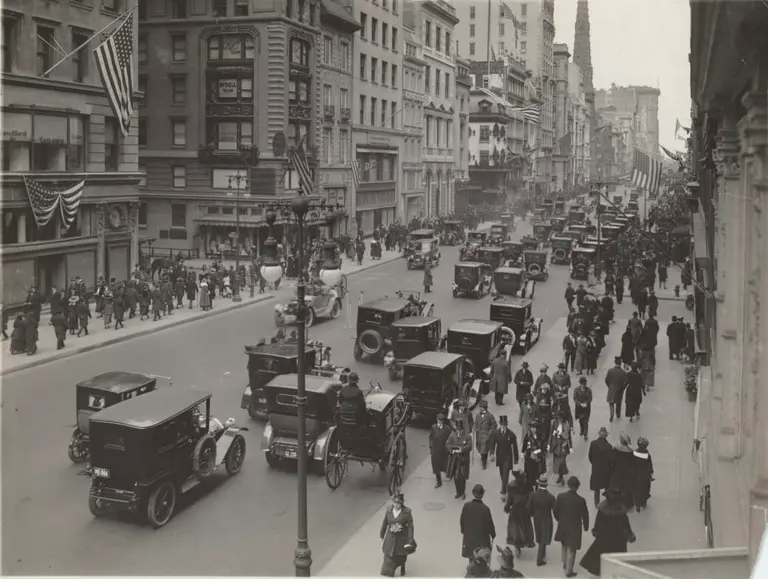

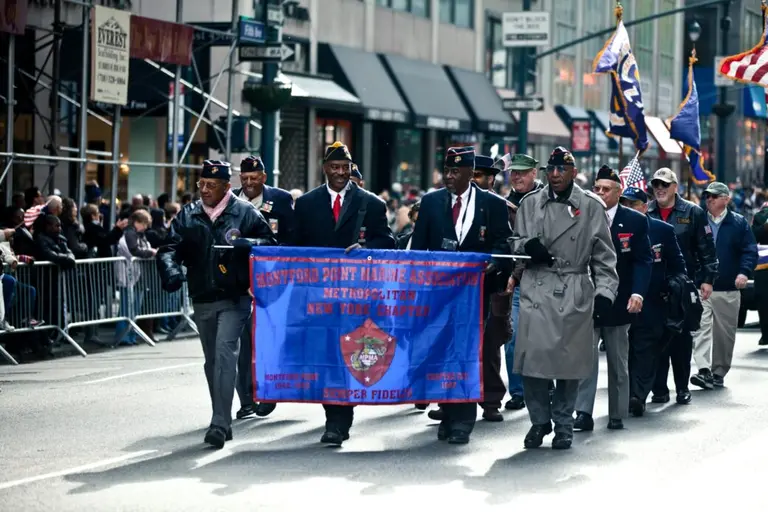














Besides the newly opened St Cloud Rooftop lounge, the AMC Times Square also has spectacular views of the Waterford Times Square New Year’s Eve Ball Drop. http://joonbug.com/newyork/newyearseve/AMC-Times-Square-NYE-Mega-Plex-NYC/HuNhaQTnjyd
Tourist attraction par excellence ! Awful !